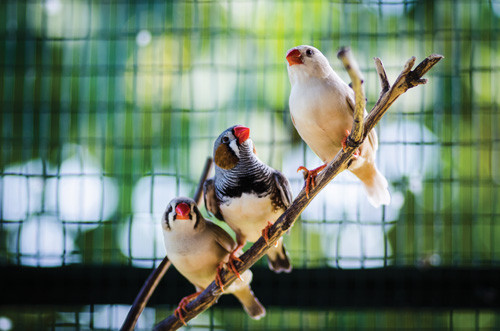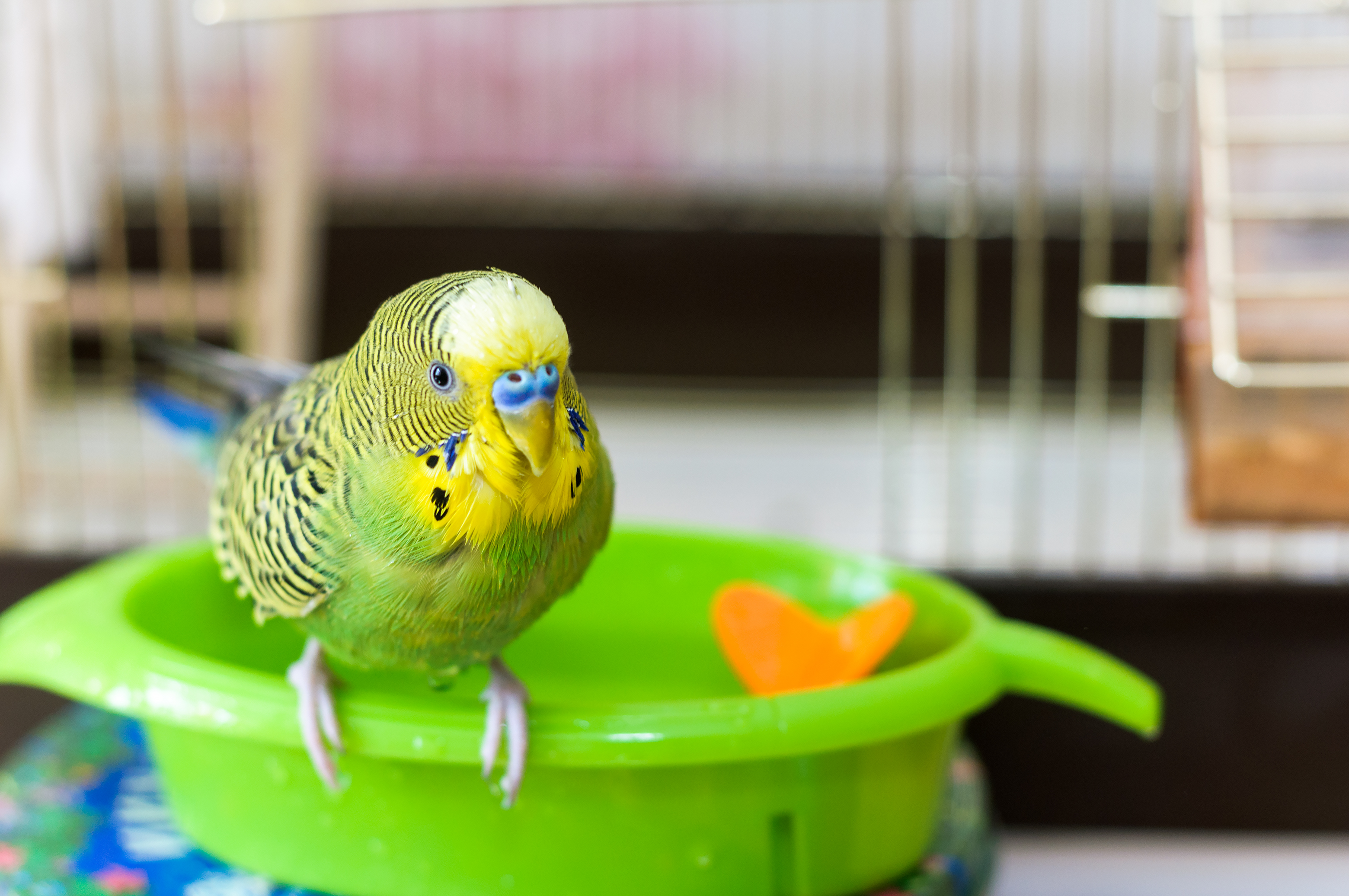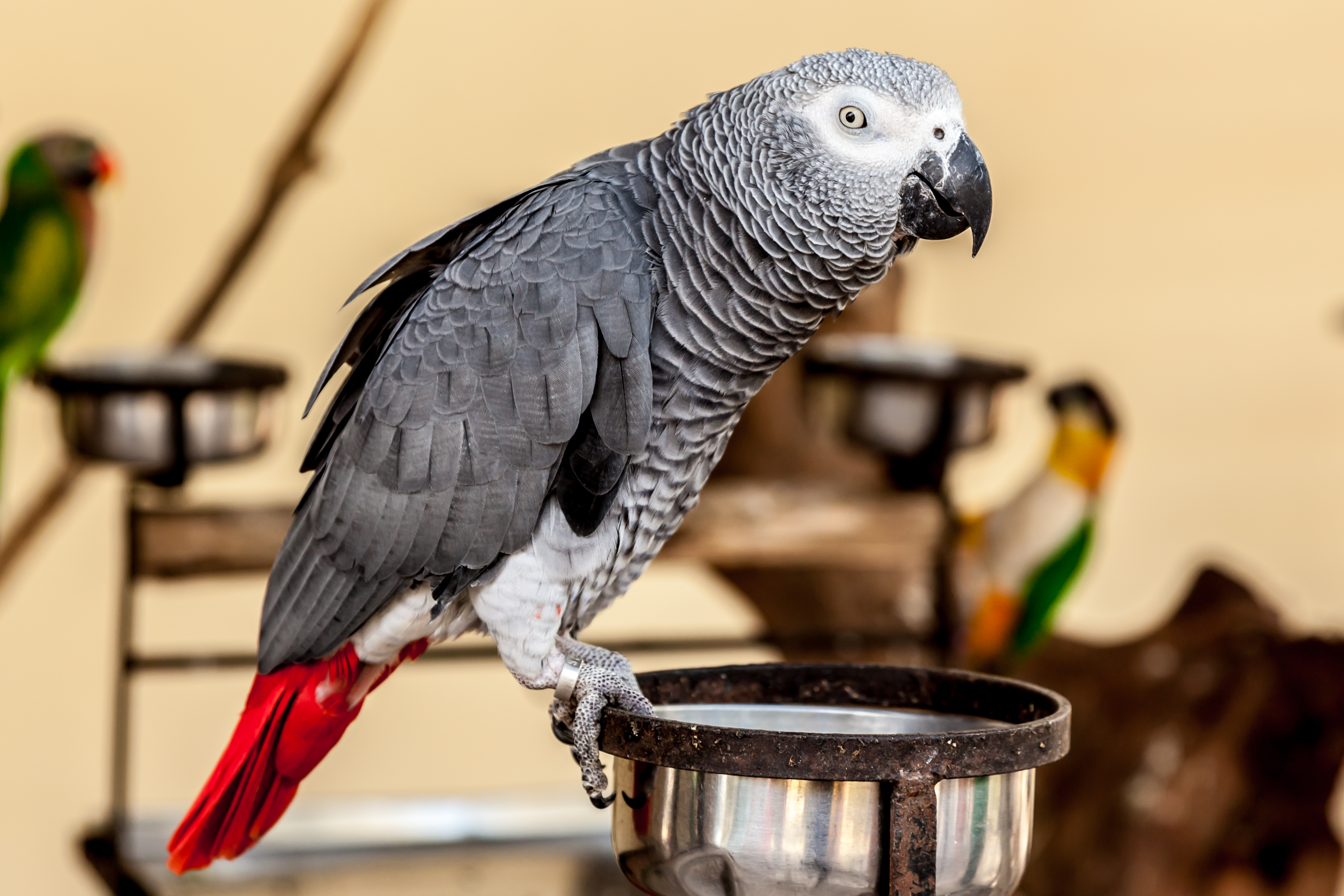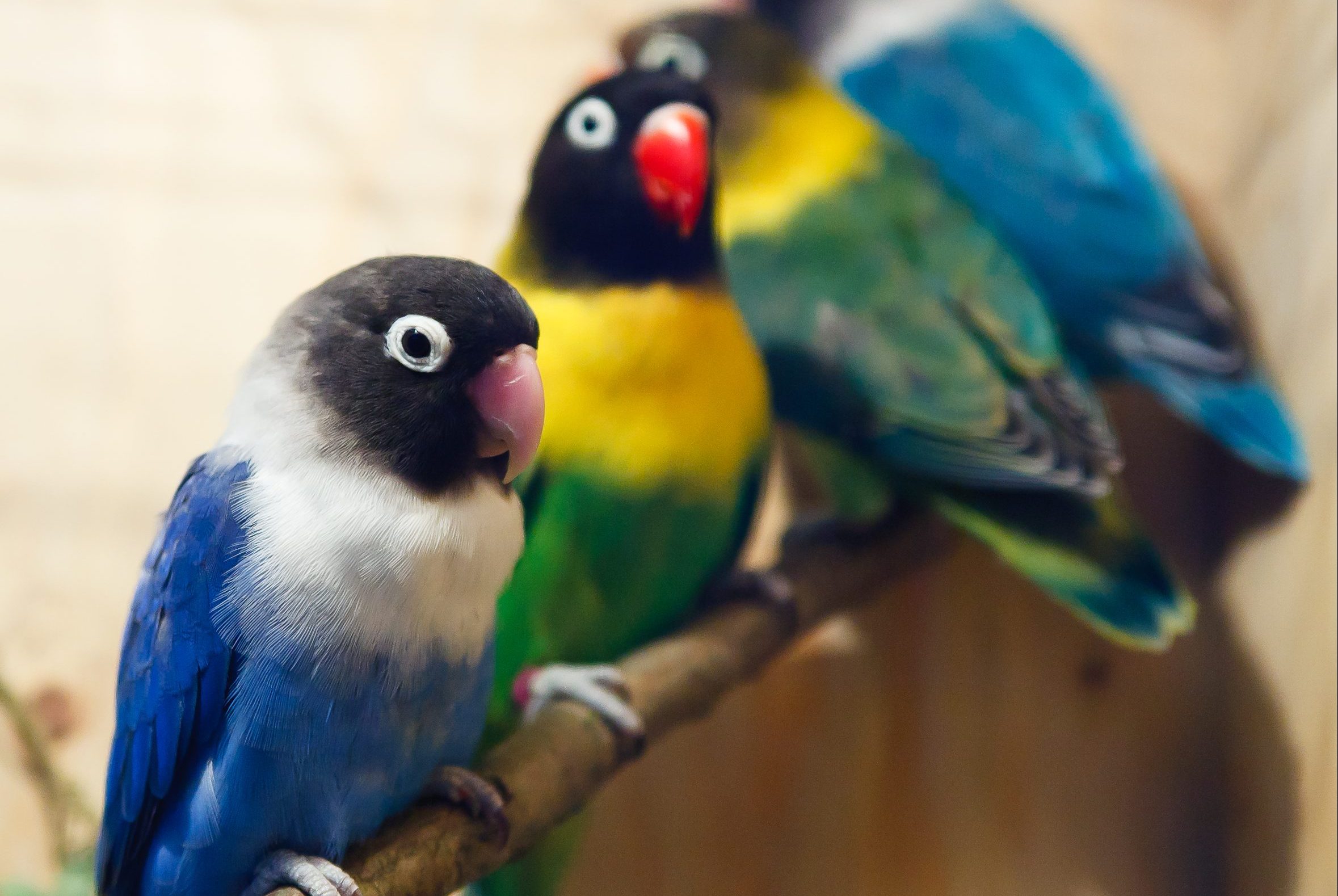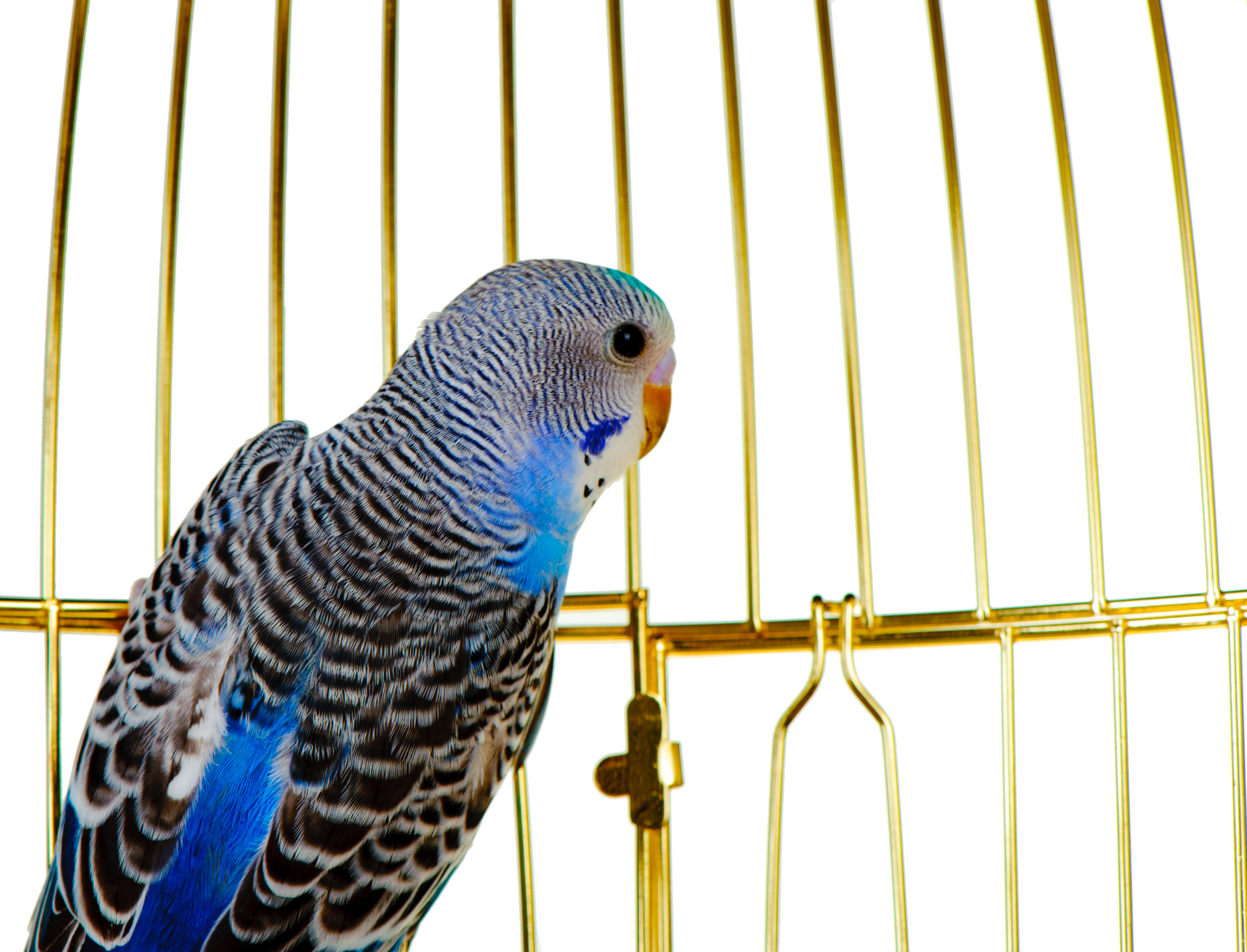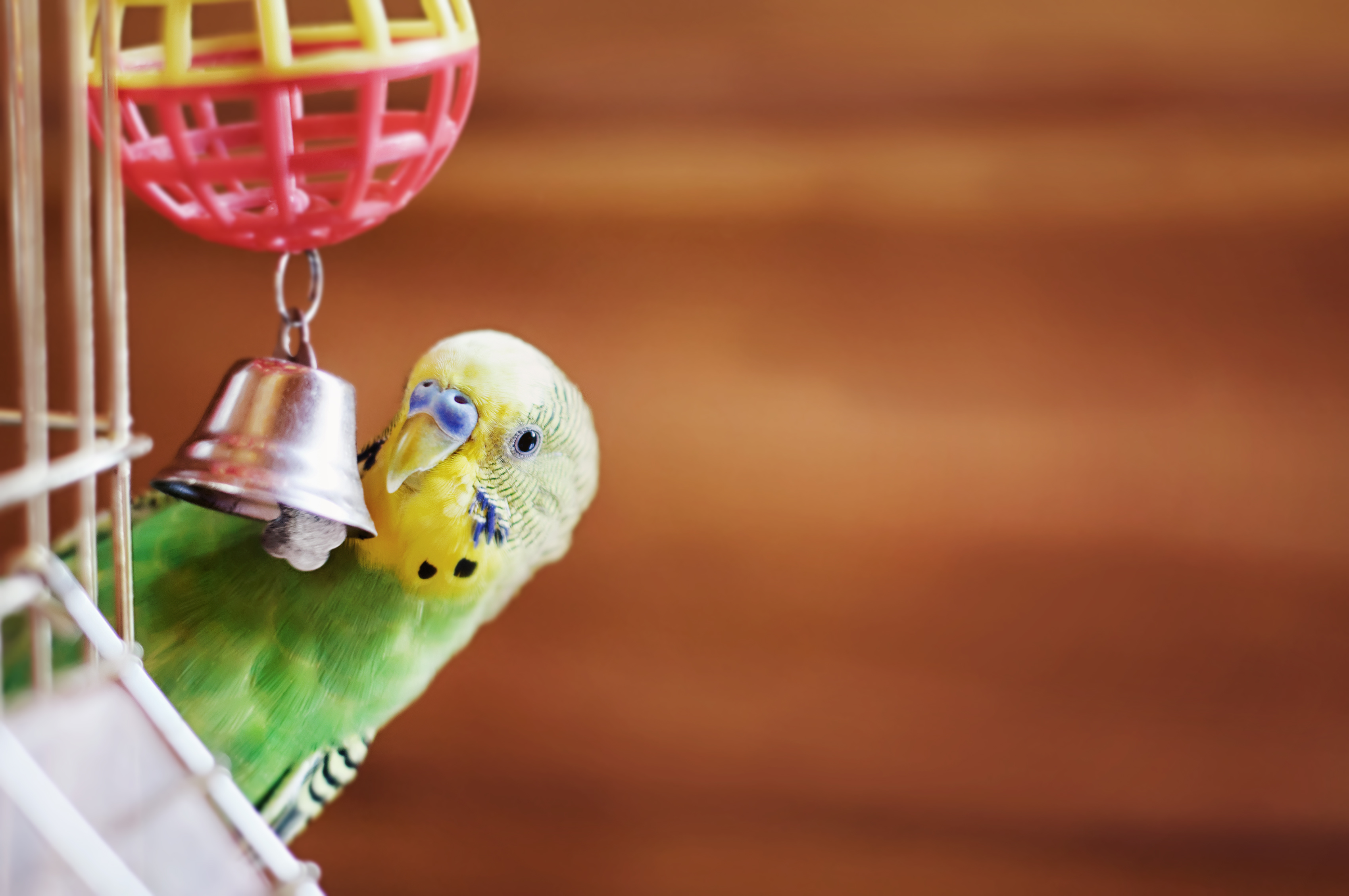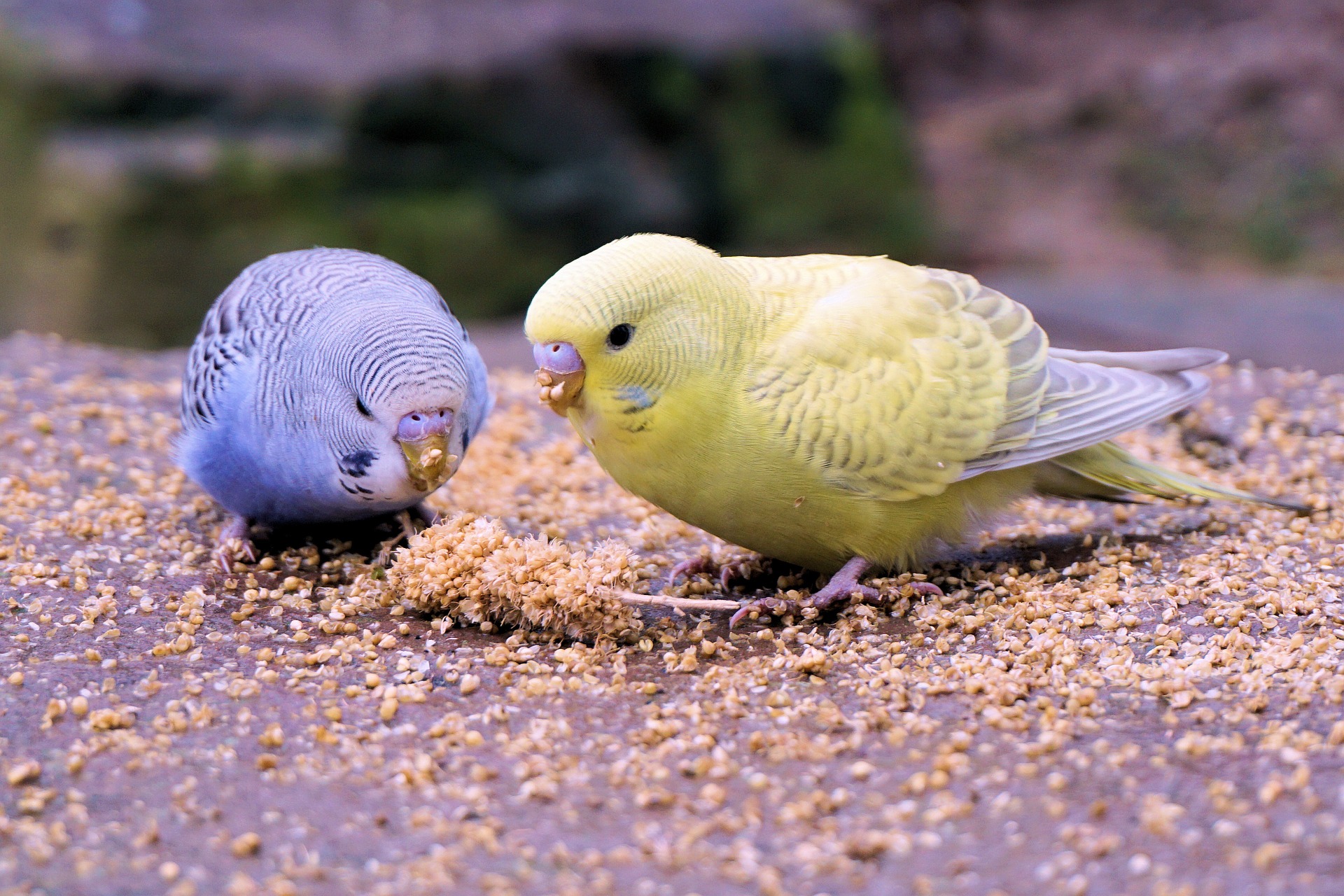All-Natural Products Are Going to the Birds
Erik J. Martin //December 1, 2014//
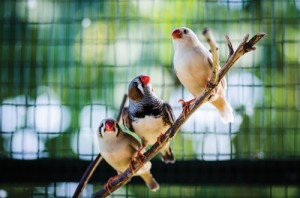 Pet owners who value bird health and longevity have a long memory when it comes to products they purchase with a short ingredient list. Consequently, they’re increasingly seeking out foods, toys and accessories minus the usual chemicals, preservatives and undesirable additives for their winged companions, say the experts. In other words, “all-natural” is in.
Pet owners who value bird health and longevity have a long memory when it comes to products they purchase with a short ingredient list. Consequently, they’re increasingly seeking out foods, toys and accessories minus the usual chemicals, preservatives and undesirable additives for their winged companions, say the experts. In other words, “all-natural” is in.
“We are seeing more natural products today than in the past because there is a demand for better quality products for birds,” said Wendy Shankin-Cohen, president, Dr. Harvey’s. Dr. Harvey’s is the Atlantic Highlands, N.J.-based makers of all-natural bird foods like Perfect Parrot Blend, which contains an ideal balance of protein, carbohydrates, vitamins and minerals from nuts and fruits but without dyes or preservatives. “Pet owners understand the need for eliminating additives and artificial ingredients from their bird’s diet and environment.”
Today, “all-natural” typically means having no fillers, preservatives, sugars, added artificial flavoring or coloring agents. It also means a food or product that is as close as possible to the natural state of its original sourced ingredients—similar to the way a bird would eat it in the wild.
All-natural should further signify that the product bypasses unnecessary byproducts, undergoes no chemical processing and doesn’t contain allergens. The wording of “all natural” is an important distinction from “natural,” as products labeled as “natural” can have some added vitamins and minerals but possess all the other positive attributes.
Under the all-natural umbrella are other consumer-friendly buzzwords like “organic” and holistic.” The former indicates that the item is devoid of synthetic fertilizers, pesticides, antibiotics and added growth hormones and may have to pass a strict USDA screening process to earn an organic certification and labeling. The latter denotes a product designed to balance the animal’s physical, emotional and mental health.
From Mother Nature to the Shopping Cart
Dean Reyes, director of marketing and sales for The Higgins Group Corp. agrees that growth in the all-natural bird products segment has been substantial.
“All you have to do is look at the consistent growth of all-natural foods in the human food sector in the past 10 years to see how it has permeated into the dog, cat and other pet segments,” he said. “It’s no longer a fad but a healthy lifestyle that people have embraced for themselves and their pets.”
According to Reyes, the biggest trend in all-natural bird foods and treats has been the removal of artificial preservatives and the addition of natural supplements like probiotics and DHA omega-3.
“Just a year ago, we became the first national companion bird food manufacturer to stop coloring seeds in all our foods. Tumeric root, red beet, annato seed and alfalfa extracts are now used instead of chemical dyes,” said Reyes, whose company offers the inTune Natural brand, the first extruded bird food that uses colors sourced from natural ingredients. “We believe the concept of having to artificially color foods is antiquated and that the educated pet parent recognizes the importance of their pet’s nutrition being free of unnecessary artificial ingredients that do nothing to add to the animal’s well being.”
The first natural foods for pet birds that manufacturers rolled out a few years ago were “very boring and looked low end. Ultimately, those launches failed,” said Sue Brown, senior vice president of sales and marketing for F.M. Brown. “The answer was incorporating unique gourmet ingredients, bright natural colors and intense flavors, and packaging that is bright, attractive and appealing.”
Brown said her company has followed this filler-free formula for success with its line of Tropical Carnival Gourmet Natural Pet Bird Foods, including its Big Bites for Big Beaks Macaw Food which features a balanced blend of large, chunky morsels of veggies, nuts, fruits, seeds and grains and biscuits in different shapes, sizes, colors and textures, along with omega-6 fatty acids and natural bacteria to support healthy digestion.
Beyond Bird Foods
Edibles aren’t the only natural bird items offered today; many modern bird toys also boast simpler and safer ingredients.
“Years ago, the majority of toy selections for pet birds consisted of hard plastics with a variety of assorted metals some of which were toxic,” said Melanie Allen, avian product specialist for Rolf C. Hagen Corp. “Nowadays, responsible bird toy manufacturers obtain their materials from self-sustaining natural sources such as abaca, bamboo, palm leaf and coconuts.”
Bird Kabob for example, offers all-natural shreddable toys such as the Mini Kabob for parakeets and the Mucho Grande for Amazon parrots and macaws made of various sized yucca log pieces strung on sisal rope to satisfy a bird’s natural urge to chew and preen, relieving boredom, stress and feather-plucking.
The all-natural wave is hitting litter and bedding products too. Case in point: Green Pet Aspen Supreme Pellets Pet & Bird All Natural Litter/Bedding is comprised of a special blend of fresh aspen wood particles, 100 percent organic and biodegradable and made to absorb bird waste and eliminate odors. They also won’t cause harm if chewed as the pellets break down into fibrous components and pass harmlessly through the bird’s digestive tract.
Capitalizing on Healthier Choices
“If your shelves lack a healthy variety of all-natural bird products, it is time to jump on the better-for-you bandwagon and cater to amped up aviary demand,” said Brown. “Develop a natural bird section and avoid carrying any products that don’t look attractive and high end. In order for a customer to invest in natural products, they must be able to see the gourmet qualities of the products.”
Reyes suggests retailers should set up either a brand block of natural foods and treats in the bird food aisle or highlighted on an end cap display. In addition, educate store staff to the benefits of natural products and draw special attention to key product elements (like naturally preserved and probiotics) that consumers are familiar with in human and dog and cat foods.
“Also, avoid just bringing in one or two products and blending them on the shelves with the regular non-natural products,” said Reyes. “The point is to offer a full selection and to give the natural brand prominence on the retail shelf. This builds consumer confidence that the retailer has made a commitment in natural brands and that they will be readily available.”
